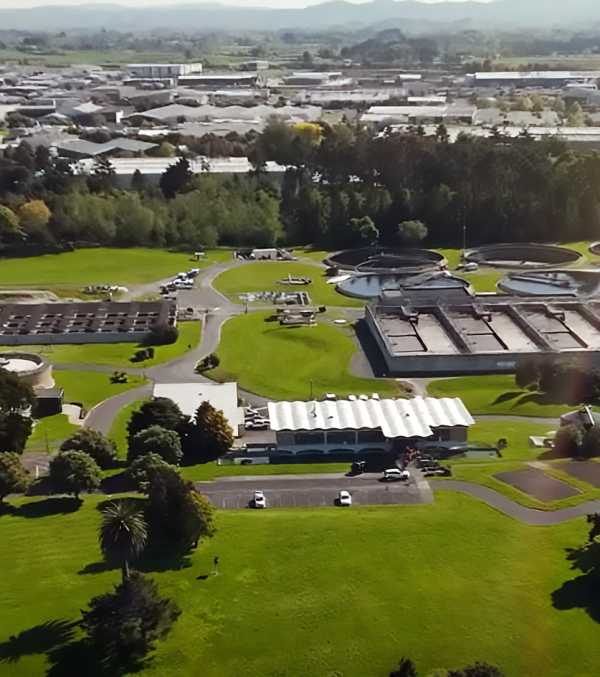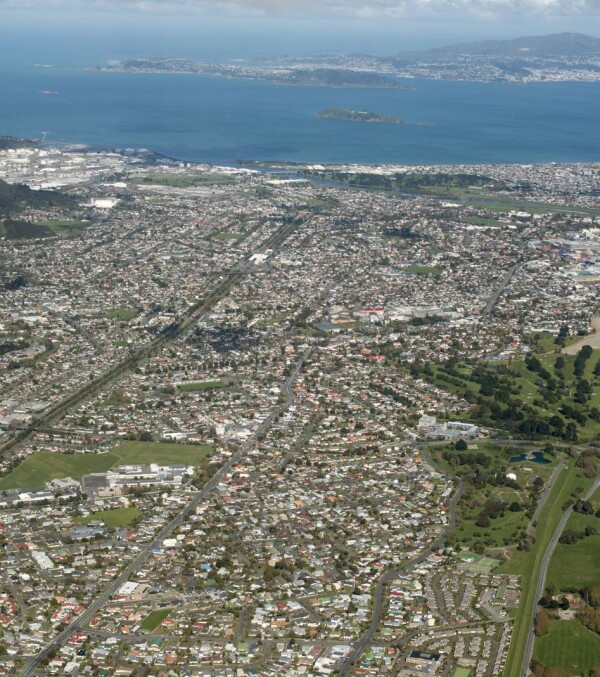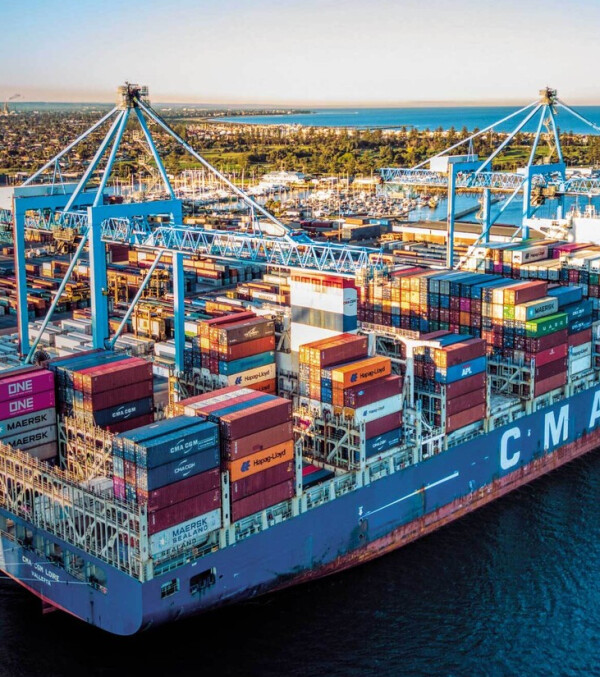|
Customer: Solomon Islands Government Location: Makira, Solomon Islands Contract type: Design & Construct Construction Period: 2.5 years
|
Fast Facts
|
The project involved the construction of 26 river crossings and associated works in the Makira/Ulawa Province, west of the provincial capital of Kirakira. Project scope included:
- Two high level bridges
- Two steel girder bridges
- Nine low level bridges
- Nine causeways
- Four multi-cell causeways
- 150 m of reinforced concrete pipe culverts
- 75 m of reinforced concrete box culverts
- 56 km of existing road maintenance
The Challenge
The site was extremely isolated and inaccessible at times due to frequent flooding of the rivers crossing the site. The logistics of transporting to, and the safe off-loading of, plant and equipment without a serviceable wharf on the island required the use of specialised landing craft that could navigate the shallow natural harbour at Kaonasugu, 20 km west of Kirakira.
The Solution
A suitable site was found at an abandoned copra processing plant at Kaonasugu for the contractors' base camp. This location provided greater accessibility and enabled the crews to work on smaller structures around the site while the major rivers were flooded. It was also situated near a natural harbour that could handle all weather landings.
McConnell Dowell’s in-house engineering department was responsible for designing all temporary works on the project, redesign of the low level bridges to incorporate precast, and management of our consultants with respect to the permanent works design. Our team also established an IANZ accredited laboratory on-site that provided all testing of soil, aggregates and cement used on-site, as well as the testing of the concrete mix design. All materials were crushed and screened on-site. A number of project innovations were implemented which saved the SIG time and money and also upheld the safety of the public and the integrity of the roadway. One such innovation was to reduce the number of spans on the network arch bridges (the first bridges of this type to be constructed in the Pacific) from two spans to one. By removing the centre pier we eliminated the hazard of debris building up and the associated risk to human life in the removal of this debris and the bridge fabric itself. This design solution allowed us to meet the fundamental engineering requirements of safety, economy, efficiency, durability and constructability.
Key to Success
Client and design consultant representatives were permanently based in the project site offices with the wider team. This integration reduced project risk through close communication and built a solid base to deliver a ‘no surprises’ outcome. Our close involvement during the detailed design and redesign of the low-level bridges allowed us to bring our unique understanding of the construction process to deliver a robust design. The introduction of the company’s stringent health and safety policy was at the forefront of all operations and we achieved no LTI’s, which is a testament to the safe methods of construction selected. This result reinforces the efforts our team put into the training of local employees such as plant operators and tradesmen, and input into community education. The project was delivered within budget, on time, with no disputes.




